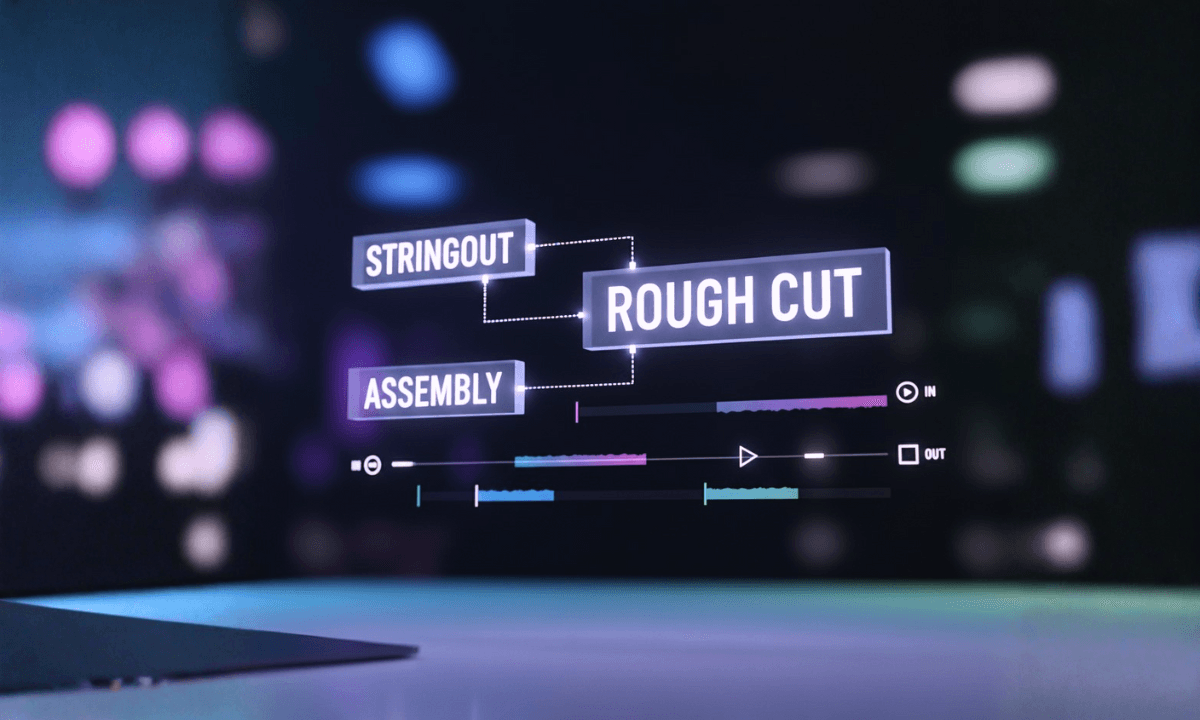The Best File Formats for Editing & Exporting in Premiere Pro (Complete Guide)
Discover the best file formats for editing and exporting in Premiere Pro. Learn whether to use MP4, ProRes, or DNxHD for smoother editing and high-quality exports.
If you’re new to Premiere Pro, there are a number of things that you need to figure out, including the best file format for exporting edits. Should you be converting MP4 files to ProRes? Or will a different format give you better export quality? In this guide, we break down the optimal file formats for smooth editing and high-quality exports.
The Best File Format for Editing in Premiere Pro: Things To Keep In Mind
1. Use Your Original/Raw Footage When Possible
Instead of opting for converted files, use your original footage directly in Premiere Pro. Converting adds unnecessary time to your workflow and storage usage. Additionally, it may effect the quality of your content as you export/process it again.
2. ProRes & DNxHD/HR - Optimized for Editing
If you experience lag whilst editing, converting your files to ProRes (for Mac) or DNxHD/HR (for Windows) can significantly improve playback performance. These are high-quality, optimized editing codecs that allow for smoother scrubbing and timeline performance.
3. Be Careful With Exporting To MP4
Exporting to MP4 works, but it’s not always the best option. MP4 is a widely supported format, but it isn’t always the best choice for editing. If your MP4 file has a constant frame rate (CFR) and isn’t 10-bit 4:2:2, it should work without causing any issues. If not, you may experience choppy playback, in which case, creating ProRes proxies is highly recommended.
4. Create Proxies for High-Resolution Footage
If you’re working with higher-resolution footage, such as 4K footage, you might want to consider creating ProRes Proxy files. Proxies are lower-quality temporary files that make editing smoother while keeping full quality for export.
The Best Export Settings for Premiere Pro
1. Match Your Delivery Format
When exporting, use a format that matches the final platform you will be posting the video on. Here’s a quick guide:
YouTube, Social Media (Instagram, TikTok, etc.): H.264 (MP4)
Broadcast & High-Quality Exports: ProRes 422 / ProRes LT
Film & High-End Projects: ProRes 4444 or DNxHR HQX
Archiving / Lossless Export: ProRes 4444 XQ or Uncompressed AVI
2. Choose Between a One-Step or Two-Step Export
A one-step export (exporting directly to H.264) works fine for most online content.
A two-step export (exporting first to ProRes, then converting to H.264 in Adobe Media Encoder) is better for high-quality professional work where you need multiple versions of a file.
How to Check If Your MP4 File Has a Constant Frame Rate (CFR)
Some MP4 files use Variable Frame Rate (VFR), which can cause playback issues. To check:
Right-click the video in Premiere Pro's Project Panel → Select Properties → Look for “Variable Frame Rate Detected.”
If you have a VFR file, convert it to CFR using Adobe Media Encoder before editing.
Final Tips for Working with File Formats in Premiere Pro
Use ProRes or DNxHD for smooth editing, especially with 4K footage.
Stick to H.264 MP4 for web exports to keep file sizes small and playback smooth.
Create proxies if you experience lag in Premiere Pro.
Check frame rate and bit depth before deciding to convert files.
By understanding the best file formats for editing and exporting in Premiere Pro, you can optimize your workflow and avoid common pitfalls. Make sure to check out our beginner's guide to technical video editing, too.
Happy editing!

Kay Sesoko
Marketer
Share post







